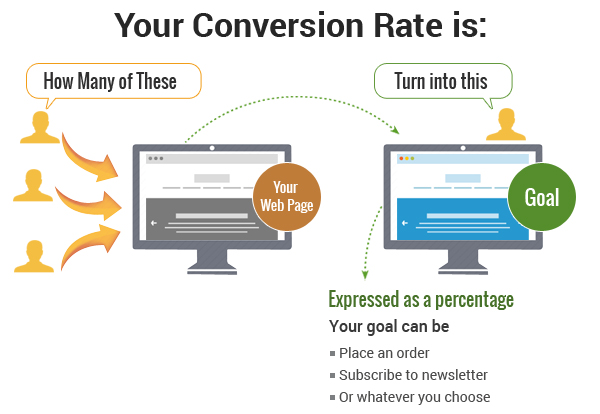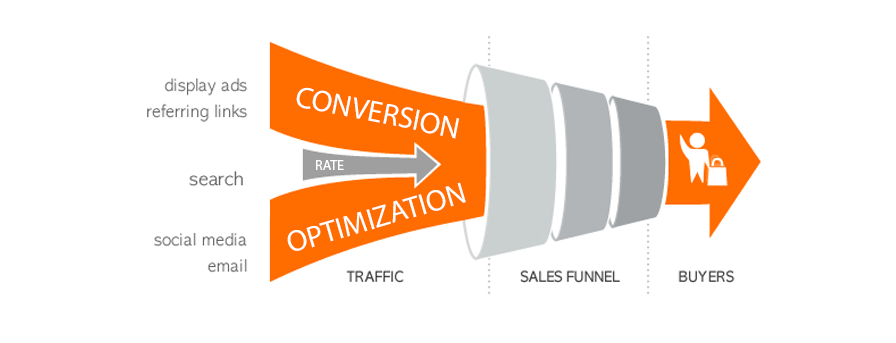For beginners, seasoned digital marketers, developers and web designers, it is easy to get lost in the minutia of blogging and social media and end up overlooking your website. Building and maintaining an effective website to capture new leads and increase conversions should be a priority mission, as well as understanding that each page has a job to do. You’ll need to optimize keywords, improve loading page speed, and master SEO as it relates to on-page efforts.

Four Optimization Tools
Below are four website optimization tools that beginners can use to help take their website to higher levels of success. There are many, but these are some of the outstanding choices.
- A/B testing offers data insights, A/B testing, marketing campaigns, and access to personalized experiences.
- Adobe Analytics takes you beyond simply looking at page views. You can gain insights into customer pathing, discover traffic sources, and determine the effectiveness of content and videos.
- Adobe Target allows you to target users and give them the best experience of your products or services across all of your channels.
- Browserling offers insight through watching the live interaction between visitors and your website through web-based browser testing from actual browsers on real computers.
The ultimate goal of conversion rate optimization is growth. The fact is that not enough companies approach the practice with enough enthusiasm and skill. Those companies that are happy with their conversion rates, on average, applied 40% more tests than those who expressed dissatisfaction. Was the dissatisfaction a result of having done nothing to improve their conversion rate? It’s not outside the realm of possibility.
There are reasons for not testing. Many marketers and site owners are unfamiliar and a little afraid of conversion rate optimization and aren’t sure how to do it. They think it is complicated or will take too much time. They’re a little bit right and wrong on both counts. Let’s look at the reality.
What You Need to Know About Testing
There are two main types of conversion rate tests that you can run:
A/B Testing enables site owners and marketers to figure out which online marketing and promotional strategies work best by testing a single change at a time. Tweak one thing on your website copy, search ads, or email copy to find out if it outperforms the control.
Multivariate Testing enables you to test more than two combinations simultaneously. The goal is to determine the most effective combination of variations to improve target metrics. You can test for things like page pictures, headlines, fonts, and buttons. Through a thorough vetting of different combinations, you work towards the one that converts more traffic into customers.

There are several things about conversion rate optimization that marketers and site owners, at any stage of development, should know.
- Conversion rate optimization is really about making things simple. Simple websites are better because they encourage greater flow, attract more readership, and more easily encourage action since there is less clutter for visitors to sift through. Less clutter means visitors are more likely to stay focused long enough to convert into a customer.
- Conversion rate optimization begins with a solid understanding of the user. If you do not understand what makes your users tick, how can you offer the products and services they want and need?
- Effective content is one of the best ways to improve conversion rates. You can experiment with changing headlines, copy, or even changing fonts. These little (or large) tweaks may end up making a massive difference in conversions.
Think also in terms of eliminating friction. Friction describes those elements that block visitors from converting. Examples of friction can include a website that loads slow. One single second of slow-loading time and your visitors may be off to the next online location. While it’s tempting to sign up for the ultra-low-cost shared hosting package, that choice comes with shared computing resources that drag down your site’s performance. A Virtual Private Server (VPS) offers many ofthe same benefits of a dedicated server at a cheaper price. Friction can also occur due to poor or confusing website layout.
Never confuse users about where and how they should navigate. Website owners should also take care to make sure all of their content is relevant to the products or services they sell. Google loves content. As such, the quality of your content will affect your site’s ranking. Make sure it is content that visitors find useful and the type they are willing to share.
Conversion Rate Optimization Is Still Evolving
Conversion rate optimization is still in its growth stage. There will be changes and developments as the practice matures. Your goal should be to continually expand your knowledge of the industry. Maybe it helps to think of converting a visitor to a customer as a game. To win, you’ve got to be smart and not mind putting in the time and effort it takes to win.
